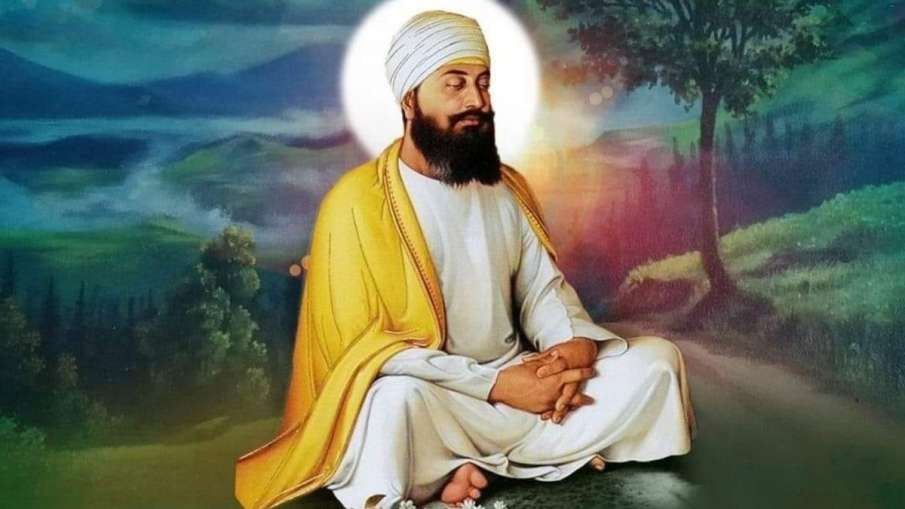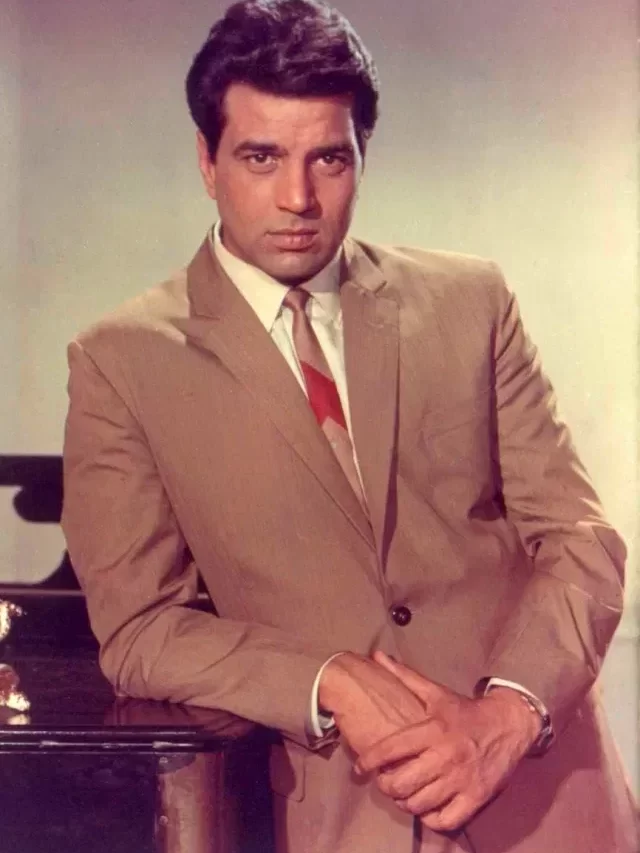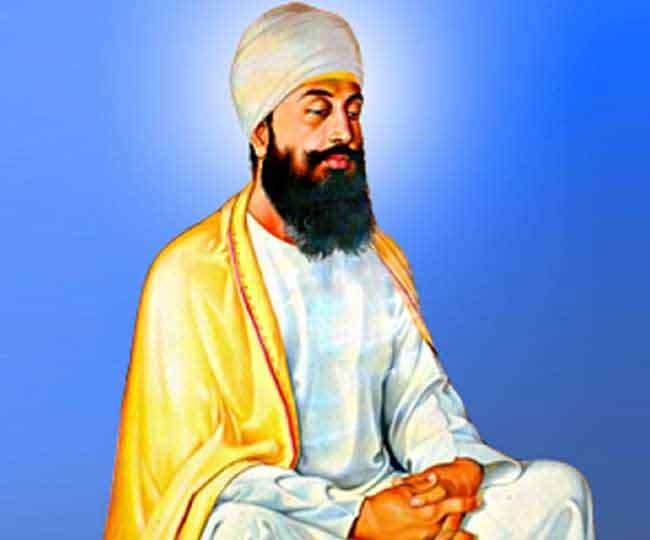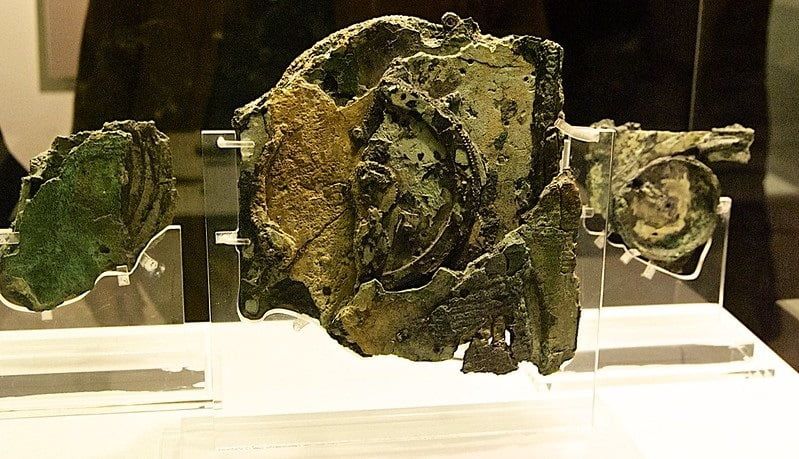You may have wondered who was Guru Tegh Bahadur? Why is November 24th an important date? What can we learn from this glorious historical personality? Shaheedi Divas of Guru Tegh Bahadur Ji, who was the ninth guru of the Sikhs, resisted the Mughals’ forced conversions, and was martyred on Aurangzeb’s orders in 1675, is observed on 24th November, in his honour. This significant historical figure and his sacrifice has taught us many things. The teachings Of Guru Teg Bahadur Ji are in resonance with contemporary scenarios. The life of Guru Teg Bahadur strikes a feeling of inspiration and respect. In a similar fashion, the death Of Guru Tegh Bahadur was unfortunate, but he remained a valiant leader even at the end of his time. Let us learn more about Guru Tegh Bahadur Biography.
Who was Guru Tegh Bahadur?
Guru Tegh Bahadur (18 April 1621 – 24 November 1675) was the ninth Guru of the Sikhs. They have a unique place in the history of the world among those who sacrificed their lives to protect religion and principles.
He was known as the “Shield of India,” since he was a courageous leader who stood out for the protection of individuals till his final breath. The 10th Guru of the Sikhs, Guru Gobind Singh, is the son of Guru Tegh Bahadur Ji.
Guru Tegh Bahadur Biography
Let us take a deep dive into Guru Tegh Bahadur Biography — his birth, his early life, and his journey as a Guru.
Birth Of Guru Teg Bahadur
On April 21, 1621, Tegh Bahadur was born as Tyag Mal in Amritsar to Mata Nanki and Guru Hargobind, the sixth Sikh guru. He was the youngest son of Guru Hargobind.
Early Life Of Guru Teg Bahadur
Guru Tegh Bahadur was raised in a Sikh household and received archery and riding instruction. Additionally, he received instruction in ancient texts like the Vedas, Puranas, and Upanishads. Tyag Mal joined his father in a war against the Mughals when he was barely 13 years old. The Mughals had besieged Kartarpur.
Tegh Bahadur wedded Mata Gujri in 1632. Tegh Bahadur had at this time progressively withdrawn from society and started devoting a large portion of his time to spirituality. Tegh Bahadur, then, spent the majority of the next two decades meditating in a cave in Bakala. This is exactly where he would eventually be acknowledged as the ninth Sikh Guru.

The Bestowing of Guruship
Guru Har Krishan developed smallpox in March 1664. When queried by his disciples who would command them after him, he responded, “Baba Bakala,” which meant that in Bakala, his successor was to be found.
It was later when a Sikh Sangat landed in Bakala in August 1664 that Tegh Bahadur Ji was chosen as the 9th guru of the Sikhs. Diwan Durga Mal, the elder brother of Guru Tegh Bahadur, commanded the Sangat and bestowed guruship upon Him.
The Life Of Guru Teg Bahadur After Being Bestowed Guruship
Guru Tegh Bahadur travelled far throughout the nation, preaching the principles of Nanak, the original Sikh guru, in cities like Dhaka and Assam. The Guru went to visit Rani Champa of Bilaspur after touring Assam, Bengal, and Bihar. She decided to offer the Guru a plot of land in her province.
For 500 rupees, the Guru purchased the property. In the Himalayan foothills there, Guru Tegh Bahadur created the city of Anandpur Sahib.
Death Of Guru Tegh Bahadur
The death of Guru Tegh Bahadur occurred when he was publicly executed upon the orders of Emperor Aurangzeb. This is how it went:
- Numerous people became disciples and worshippers of the Guru. The Mughal Emperor is supposed to have been upset by this. It is also claimed that the Guru’s assurance of defence for the oppressed Kashmiri Pandits resulted in the Emperor calling him to Delhi.
- According to the historian Syed Mohammad Latif, hundreds of Brahmins were imprisoned and given the opportunity to leave if they converted to Islam.
- While the Sikh belief was growing, Aurangzeb was enforcing a policy of religious intolerance and repression everywhere.
- When he arrived in Delhi, Tegh Bahadur was summoned before the Emperor. Aurangzeb, then, ordered the Guru’s public execution on November 24, 1675, at Chandni Chowk in Delhi because he refused to recognise the Mughal Emperor’s rule.
- Later on, in 1783, the Gurdwara Sis Ganj Sahib was constructed at the site of his execution.
Also Read- The 5 Teachings Of Guru Nanak Dev Ji, Story Of Birth, Life And Death
Teachings Of Guru Teg Bahadur Ji
The teachings of Guru Teg Bahadur Ji are all associated with the worldly existence of humans and in which manner they ought to lead their lives. Take a look:
Guru Tegh Bahadur was a kind-hearted champion of the helpless, and that is what he taught. He instructed his followers to defend the defenceless even at the price of one’s own existence.
By teaching his disciples to be satisfied with what they had, Guru Tegh Bahadur Ji helped them find serenity and happiness. He always urged his disciples to stand up for the vulnerable, even if it meant risking their own lives. He exhorted his disciples to use all that Nanak had bestowed in order to achieve Jiwan Mukti. The conviction required to be unaffected by suffering and joy, to give up vices like flattery and accusation, and to reject all other earthly pleasures were among the teachings of Guru Tegh Bahadur.
The Guru also disclosed to his students the real cause of human sorrow. One only genuinely learns to respect bigger things in life when they are exposed to how fleeting material joys are during times of distress and pain. The Guru emphasised the Almighty’s omnipresence. One only needs to search inside oneself to communicate with the Lord because he resides within each of us.
Also Read- Shri Kartarpur Sahib – Gurdwara Kartarpur Sahib History, Importance And How To Reach
Conclusion
The life of Guru Teg Bahadur inspires us all to live up to his valiant nature. The teachings he disseminated amongst his disciples allow us to introspect and better learn the realities of existence. The Martyrdom of Guru Tegh Bahadur Ji reveals to us the courageous, empathetic, and selfless nature of the 9th Sikh Guru. He fought till the end of his life. That is what we all should aspire to be — with every hardship we encounter in life.
For more related articles, Visit Discover












